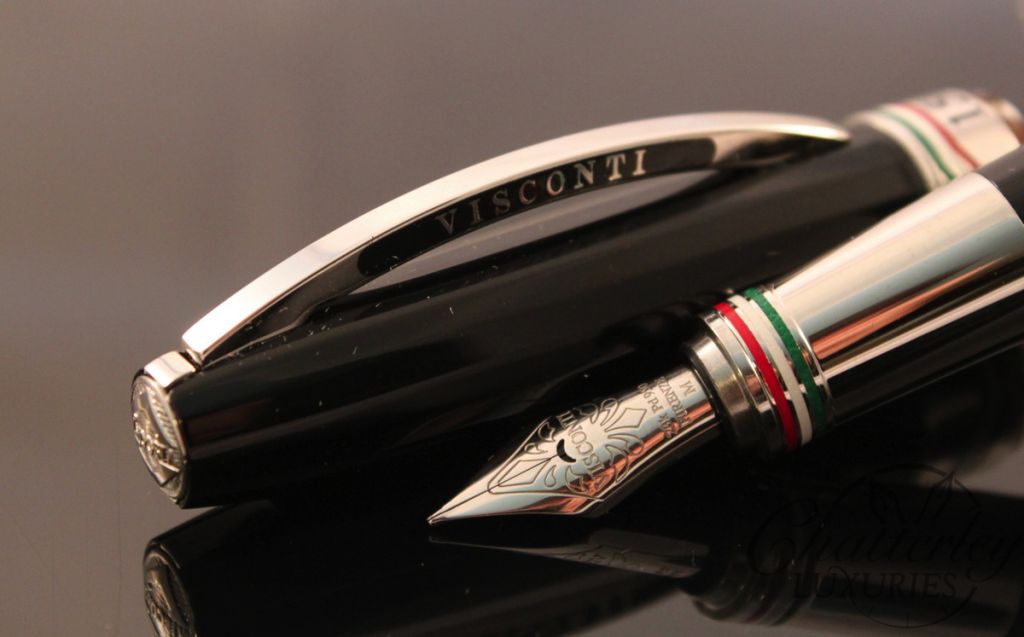5. Describe the various political structures of the city states.
Between the 14th and 16th centuries Italian city-states toggled between a set of approximately four definable government systems.
The most popular of these included oligarchical republics which were usually run by mercantile families. The most famous of these was Florence which was ruled by the Medici family for many decades. Others included Venice, Siena, and Lucca.
Despotic Republics functioned more politically usually held by one ruler. This was less popular form of government because it gave little power to the merchant class. Genoa, Bologna, and Perugia were famous for this government.
Inherited despotism consisted of one family ruling over a city over many years and generations. The most famous of these was the powerful Visconti family in Milan.
Papal power existed in all city-states but those who relied heavily on ecclesiastical governance were considered papal states. After the fall of merchantile families from urban power, the people relied heavily on the Pope's influence and financial salvation.

No comments:
Post a Comment